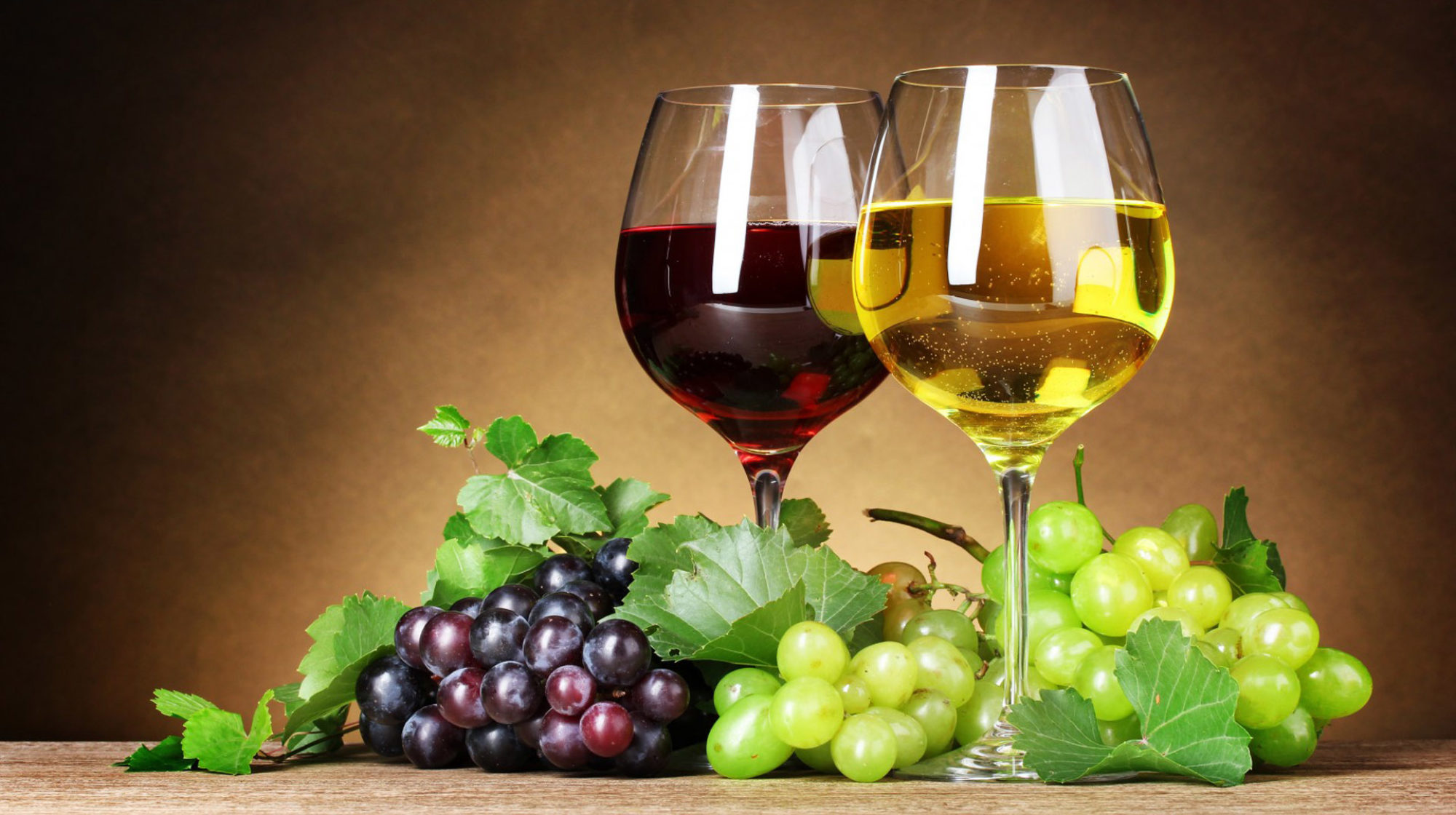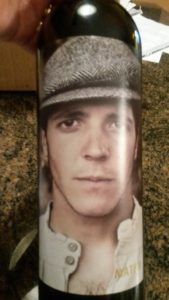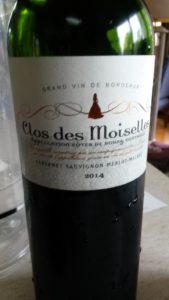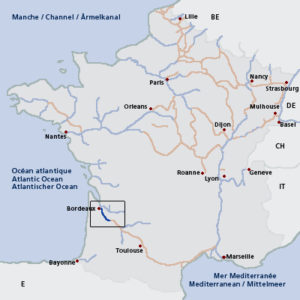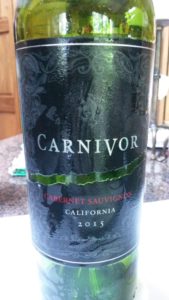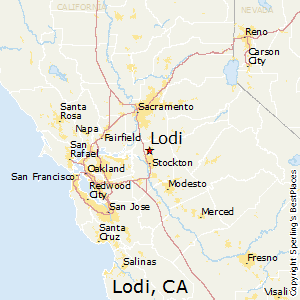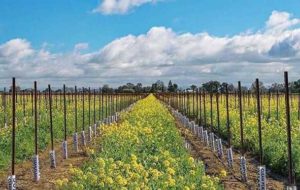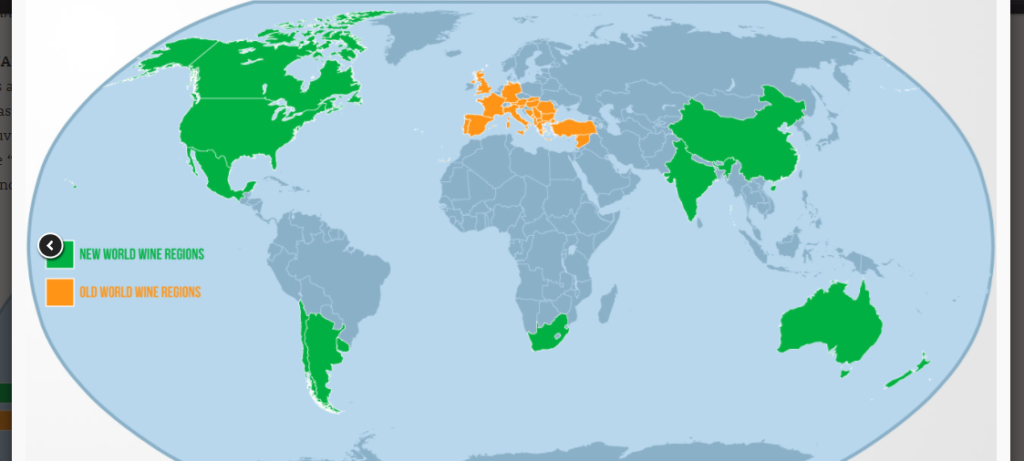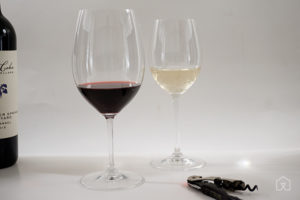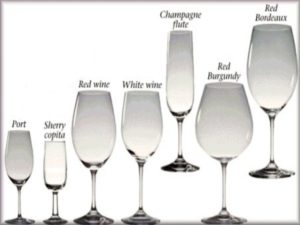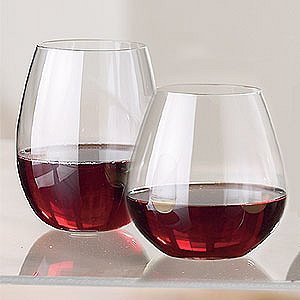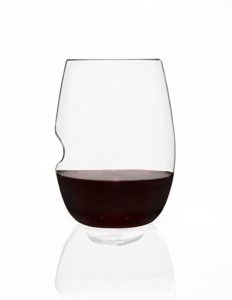Famous for Washington State Reds
The Columbia Valley AVA is an American Viticultural Area which lies in the Columbia River Plateau, through much of central and southern Washington State, with a small section crossing into the neighboring state of Oregon. The AVA includes the drainage basin of the Columbia River and its tributaries through much of Washington.[2] Allen Shoup, president of Washington State’s largest winery Chateau Ste. Michelle, understood the importance of obtaining appellation status[3] for Washington State to grow the reputation of the vineyards. He hired Drs. Wade Wolfe and Walter Clore to petition the federal government for appellation status, a request that was granted in 1984.[4] The Columbia Valley AVA is the largest wine region in the state of Washington, including over 11,000,000 acres (4,500,000 ha), of which over 40,000 acres (16,000 ha) are planted in vineyards. The Columbia Valley AVA includes 99% of the total vineyard area planted in the state of Washington.[5] Grapes grown here include Cabernet Sauvignon, Merlot, Chardonnay, Riesling, Syrah, Pinot gris, and Sauvignon blanc
The vast size of the appellation allows for an array of diverse microclimates among the various sub-appellations, but the whole region shares the common climate traits of cold winters and long dry growing seasons with low humidity.[5] The warm days and cool nights of the area help retain the balance of acid and sugar levels in the grape which give Washington wines their characteristic balance in flavors.
. Most of the Columbia Valley lies in Washington State, with a small section in Oregon stretching from The Dalles to Milton-Freewater. The region is 185 miles wide and 200 miles long.

